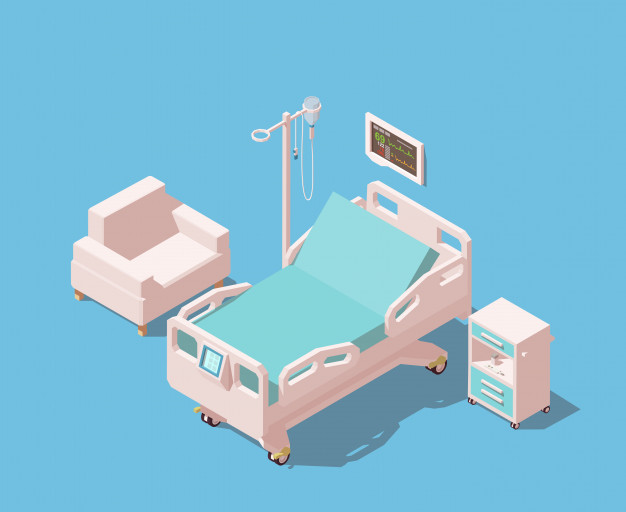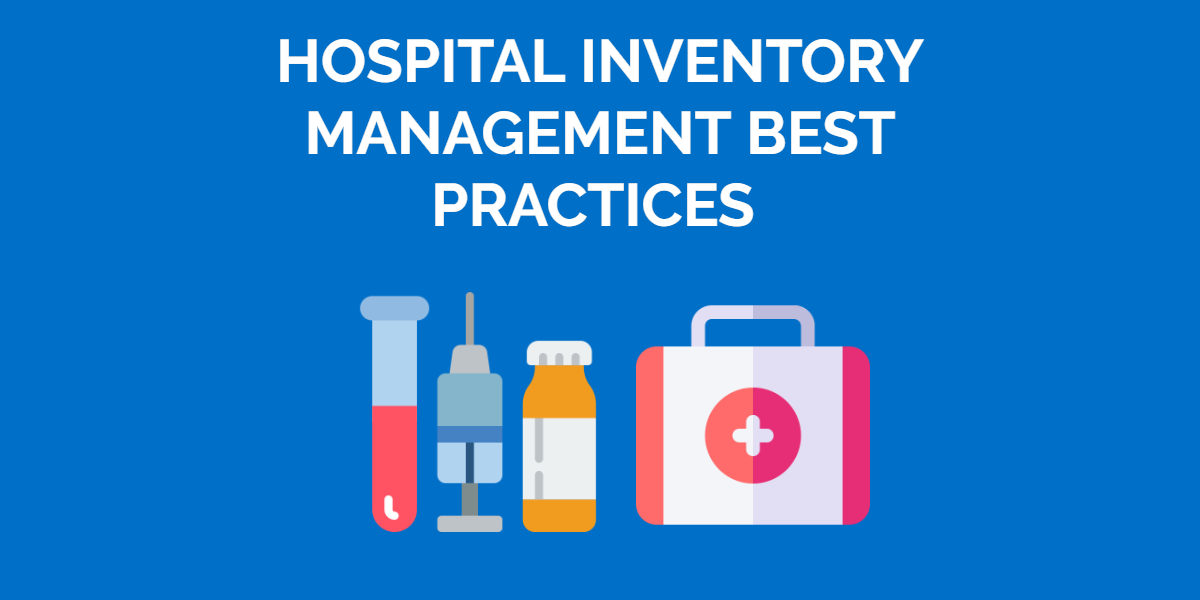Hazards associated with medical equipment management
Healthcare institutions are required to meet strict quality standards set by the government. If they fail to do so, they might be forced to shut down operations and incur huge losses. The need for effective equipment tracking is amplified in the healthcare sector because of the cost of precious human lives dependent on it. A malfunctioning tool or expired drug can cause a patient irreparable damage. According to medical journals, some of the technical challenges faced by hospitals include:
Poor data management: Most doctors rely on information stored in computers to carry out daily tasks. Due to the presence of on-premise manual databases, the probability of human error goes up. This leads to incorrect and missing records which can spell disaster for hospitals.
Misuse of medical equipment: The lack of robust administrative practices can lead to the mixing up of medical inventory such as IV lines and solutions. In the same vein, the wrong equipment can be delivered to the wrong place, and cause operations to go haywire. In addition to misplacing assets, hospitals end up wasting valuable resources as well.
Frequent device failures: It is quite common for hospitals to deal with prolonged downtime for medical instruments and devices. When it comes to dealing with patients, you simply cannot afford to have mechanical failure. Such situations can be easily avoided through regular maintenance sessions.
Read more: 5 Ways Hospitals Benefit from Online Inventory Management
How can you overcome these challenges?
Hospitals facing these issues may find themselves in a complicated situation if they fail to address them. To help you deal with inventory problems, a cloud based hospital asset management system is the best solution. To get you started, let’s go over some of the hospital inventory management best practices you can adopt easily!
Avoid redundancies and optimize utilization
Hospitals often end up purchasing more equipment than they need. This happens because of the difficulties in locating existing medical instruments in their inventory. Ultimately such poor equipment management practices are bound to take a toll on hospital finances, as well as take up extra space. To avoid redundancies and the misuse of assets, it is mandatory to adopt robust hospital inventory management practices.
You can control this by investing in a hospital tracking system for your hospital. This allows you to label assets and add equipment locations in your database. Therefore, you will be able to keep tags on where your equipment is at any given time, and cut back on costly equipment expenditure. Staying up to date with such vital information lets you optimize usage and prevent overstocking medical equipment!

Lower chances of equipment downtime through maintenance practices
Hygiene and sanitation is very important when it comes to the healthcare sector. Doctors, nurses and other clinical staff is required to maintain cleanliness during hospital hours. This is especially important since the fittings and instruments used by medical personnel have a high probability of being in contact with bacteria and viruses. Just imagine if anyone were to accidentally use unsanitized equipment to treat a patient. Such an action would lead to huge consequences and might even lead to legal issues.
One of the crucial hospital inventory management best practices is to implement regular maintenance schedules. By doing this you will be able to tackle equipment breakdowns before they lead to serious obstacles in your workflow. You can also regulate sterilization practices for small medical instruments used frequently at the hospital. This lowers the chance of infection and creates conditions for a hygienic environment.
Keep track of the asset lifecycle to ensure smooth operations
If you’re not careful, accidents can occur at any given time. The question is what are you doing to prevent them from happening? It is very common for the healthcare sector to purchase expensive equipment like hospital beds, stretchers and a large supply of surgical tools and medicines. Keeping track of the condition of these inventory items is imperative if you want to lower the risk of accidents. You probably wouldn’t want a gurney to break down mid operation, or to prescribe expired medicine to a patient.
There is an easy way to deal with all this. Asset lifecycle administration is a part of hospital inventory management best practices which will enable you to maintain equipment effectively. Using this feature, you can add purchase orders, maintenance schedules and lifetime costs and associate them to specific items. You can even track depreciation rates of particular assets to discard them before they break down for good. By implementing such practices, the hospital becomes a much safer place for both doctors and patients!
Read more: 7 Things to Track with RFID Hospital Asset Tracking Solution

Create tags for medical instruments for easy checkouts
Medical equipment costs thousands if not millions of dollars and is one of the most valuable assets in the hospital inventory. Since most of the machines are a one-time investment, it becomes critical that you track their usage. By doing this, you create a transparent database for asset check-ins and checkouts. It is quite possible to lose small medical instruments at the hospital during daily operations. Expensive equipment, on the other hand, is at the risk of being stolen. So, what exactly should you do to keep your assets safe?
With the help of hospital inventory management software, you can assign labels and barcodes to all items in your inventory. These tags can be easily signed off against staff workers when they want to check them out for use. This way, whenever an item goes missing you can look into who used it last and where. Asset labels therefore allow you to cut down on costs and raise overall productivity.
Read more: How A Hospital Tracking System Helps You Stick To Your Healthcare Budgets
Get your medical equipment in order with hospital inventory management
Working in a hospital can be pretty stressful already, even without the added headaches about stocking and purchasing medical assets. Luckily, you can now install a cloud based medical equipment management software to run seamless operations. You can retain the quality of your medical instruments through regular sterilization and maintenance schedules. Doing this will help you prevent unwanted breakdowns in the middle of a surgery.

Being in the healthcare sector is not easy especially when you have to track each and every piece of medical device and record its performance. This can be done easily through an automated software which allows you to tag your assets for optimized use and accessibility. You don’t have to compromise on the health of your patients anymore. With the help of hospital inventory management best practices and features, you can do it all through a single software!
Want to know more?
EZOfficeInventory is the leading hospital inventory management software used by the healthcare institutions the world over for streamlined operations and optimized asset performance.







